Ravi burning: Sewage treatment plant work can start this year
Donor reservations on repayment mechanism stalling another plant.
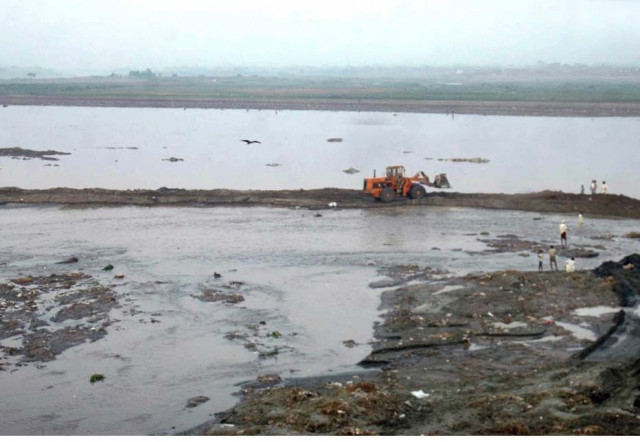
Construction of one of the two treatment plants proposed for sewage before disposal into River Ravi is expected to start in December.
A Water and Sanitation Agency (WASA) official said the plant would treat water entering River Ravi through drains carrying sewage from Mehmood Booti, Shadbagh and Khokhar.
He said 540,000 cubic metres of sewage was disposed of into the river from these three inlets everyday. The plant, to be build in three years, could treat 250,000 cubic metres.
A French government loan will provide for 70 per cent of the cost at 1.5 per cent annual interest, he said. He said provincial government’s 30 per cent contribution will amount to Rs13 million.
The other plant proposed to be built at Babu Sabu will treat municipal and industrial waste from areas in the southern part of the city, between Gulberg and Garhi Shahu, an Environment Protection Department official said. He said nearly 750,000 metric tonnes waste was dumped into the river everyyear.
The construction of the plant was held up because the Japan International Cooperation Agency (JICA) was reluctant to release funds, a WASA official said speaking on condition of anonymity. He said JICA had tied funding to a revision of water supply tariff. “The agency believes that only with higher tariffs will the government be in a position to repay the loan,” he said.
The WASA official said the government had yet to respond to the JICA proposal. Once the agreement is reached the JICA should provide Rs40 billion for the construction of the plant. The government has already acquired 7,300 kanal land for the plant.
Expediting negotiations with JICA and French government for early construction of treatment plants was one of the recommendations of the committee formed by the provincial government last year to suggest measures for decreasing pollutants level in the Ravi.
The committee included representatives of WASA, EPD, Agriculture, Forests and Revenue Departments, Worldwide Fund for Nature (WWF) and a University of Engineering and Technology professor. The committee also suggested that solid waste should be dumped at landfill sites and not in the river bed. The Lahore Waste Management Company (LWMC) is now dumping the bulk of its waste at its landfill near Mehmood Booti.
An EPD official, who attended the committee meetings, said an earlier proposal to use river-bed land was abandoned after committee was told that most of it was privately owned. “The additional expenditure would raise the cost of the project,” he said.
The committee also proposed to educate settlers in the river-bed area so that they stop dumping their waste in the river.
WWF programme director Hammad Naqi, a member of the committee, said committee meetings were a complete waste of time. “If relocation of residents is required to clean the river of pollutants, the government should devise a strategy irrespective of the cost,” he said. He said a campaign should have been devised to educate the landowners on these issues.
An EPD officer said though environmental degradation was a cause for concern, the landowners were mostly subsistence farmers and lacked other resources.
“They subsist on the crop. We can’t force them to vacate the land,” he said.
A February 2011 report stated that sewage from Lahore’s 14 drains accounted for 56 per cent of Ravi’s pollutants.
Based on the analysis of 54 samples obtained in 2010 from different points, the report said that levels of biological oxygen demand (BoD) and chemical oxygen demand (CoD) in Ravi were 552.2 mg/l and 1842.4mg/l respectively. These are higher than the 250 mg/l and 400mg/l levels permissible under the National Environment Quality Standards for drains.
The report added that the samples contained high levels of cyanide and chromium – both with harmful consequences for human health.
Published in The Express Tribune, July 28th, 2011.

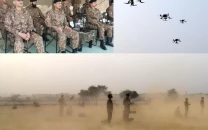
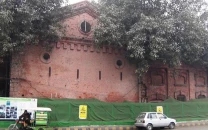
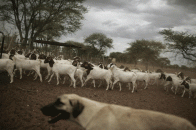


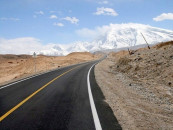












COMMENTS
Comments are moderated and generally will be posted if they are on-topic and not abusive.
For more information, please see our Comments FAQ